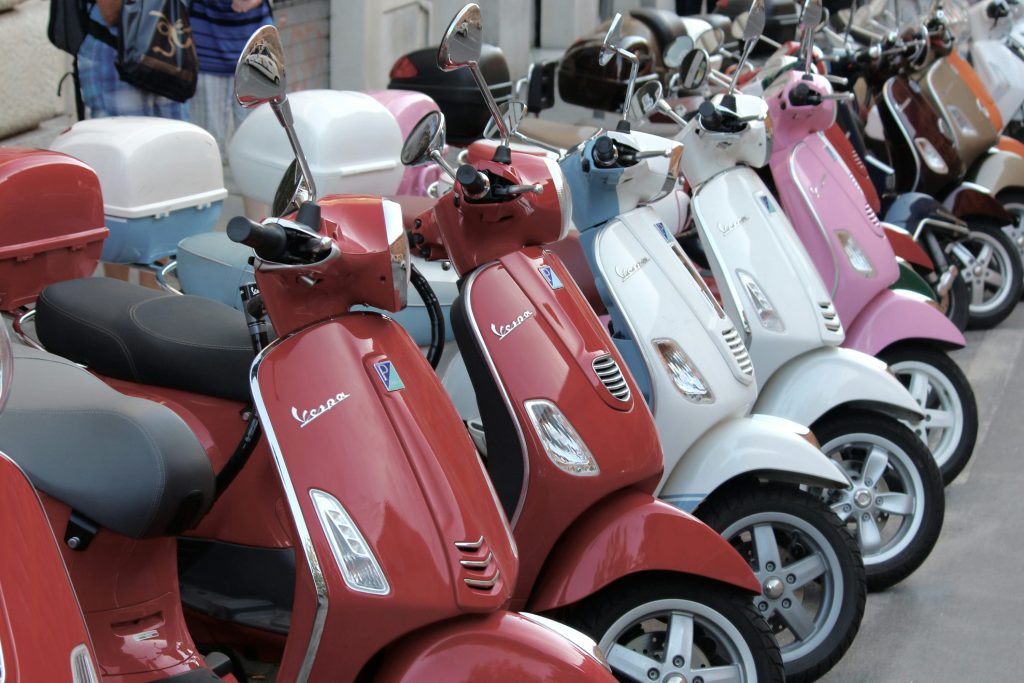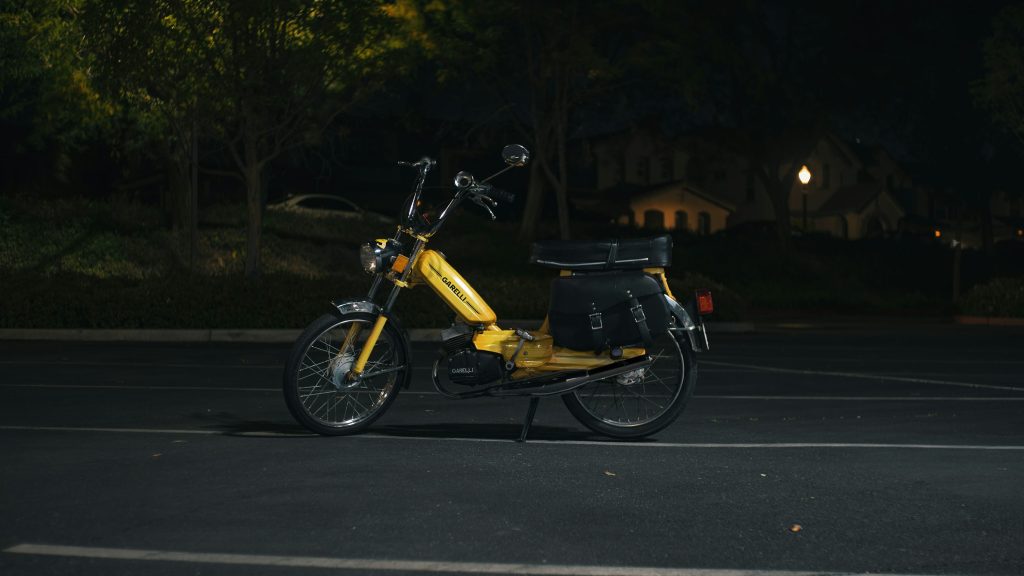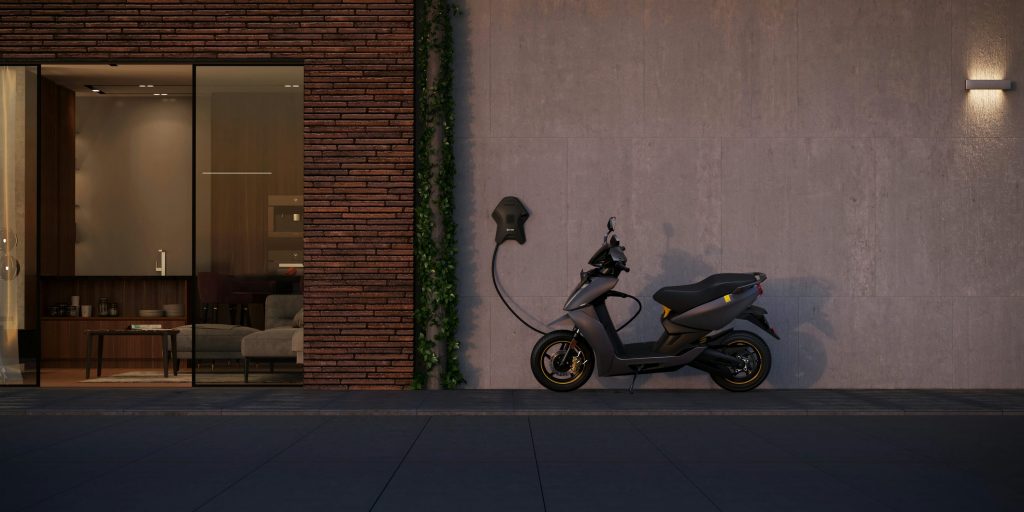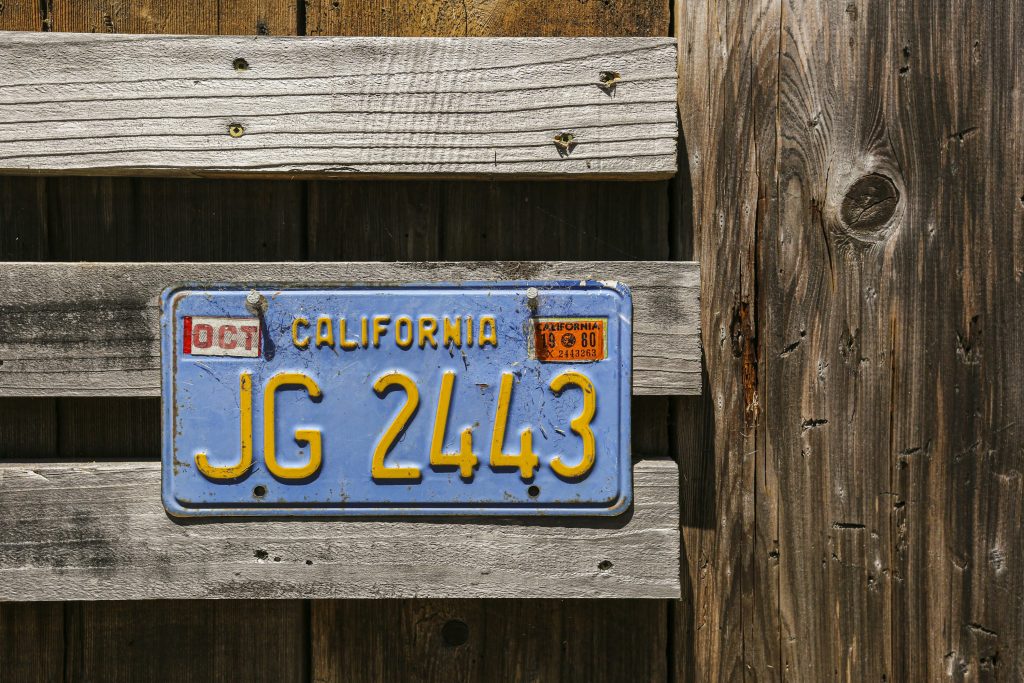Mopeds are by far one of the most convenient and budget-friendly means of transport all around the world compared to other vehicles. They are light to use, have smaller wheels and are small in size, which makes them perfect to wander around the road.
While staying in Hawaii, I’ve also seen people preferring mopeds over scooters or motorcycles. The simple reason is their ease of riding. Whether you want to visit the Oahu’s best botanical gardens or simply ride around the North Shore, a moped scooter is a great option.
And you know what the best part is? Mopeds are also available for kids, which means you can have a great family time riding a moped together.
Mopeds come in different types. Here, we’ll discuss those types and present you with a guide so you can buy or rent one according to your preference.
Mopeds—What Are They?

Mopeds are legally defined as a motorized bicycle that is like a small motor scooter or motorcycle. They travel faster than bicycles but have slower speeds when compared to scooters or motorbikes.
The word moped was derived from the Swedish language, which meant “motor” and “pedal,” making it a vehicle that has both motor and pedal and has qualities of both a scooter and a cycle.
The earliest mopeds had pedals similar to bicycle pedals, and the front design was similar to a scooter or a motorcycle. However, mopeds now come in different types. Some have pedals, and some don’t. In some states, like Hawaii, you can also find mopeds with three wheels.
While mopeds may look like scooters, their performance is not the same as a motorized scooter. To qualify as a moped, the motor vehicle should have a Cubic Capacity (cc) of 50 or less. More than that is not considered a moped. Also, the maximum speed should not exceed 31mph.
In most states of the United States, it is also necessary to register a moped and get a license to legally ride a moped scooter. Also, in some states, liability insurance is a must for the safety and financial purposes of the riders.
Types of Mopeds

Just like any other scooter, you can find different types of mopeds too! There are mainly two types you can see on the streets or come across while buying or renting one. These are:
Pedal Mopeds
These have pedals similar to a pedal cycle and are often limited in speed. They are usually classified as bicycles rather than motor vehicles in some regions. They typically have a lower speed between 20-20mph.
Scooter Mopeds
These have an automatic transmission and do not require pedaling. They are powered by a small engine and are commonly used for short commutes. Their top speed can reach up to 30-50mph. They are further categorized into two types:
Gas-Powered Mopeds
As the name suggests, gas-powered mopeds run on gas. These are the most common type of moped you can find on the streets. Their engine capacity is higher than that of an electric moped, and they are more closely related to a motorcycle or a normal scooter.
These mopeds can travel for longer distances and have a favorable fuel economy of 100mpg. However, they require regular maintenance and could be expensive to operate in the long run.
Electric Mopeds
Electric mopeds run on electricity. How? These mopeds have batteries that need to be charged, and once charged, they can be easily ridden. They are the best option for eco-conscious riders and are best for riding for short distances. Also, they require less maintenance, which means they are cost-effective to operate in the long term.
Differences— Gas Powered Mopeds Vs. Electric Mopeds

While there are obvious differences between the two, electric scooters and gas scooters also have some notable differences that are worth considering. Here are some key points to distinguish them.
Power Source: Electric mopeds use rechargeable batteries and run on electricity, whereas gas mopeds operate with combustion engines that burn gas.
Speed and Range: Gas mopeds usually reach speeds that are higher and can cover longer ranges than electric mopeds. Due to larger fuel tanks, they can travel faster and further, while electric scooters are limited by battery capacity.
Noise: Electric mopeds are quiet, and their motors produce minimal noise. On the other hand, gas mopeds are louder due to their combustion engines, which can be more disruptive.
Emissions: Electric mopeds generate no tailpipe emissions, making them an eco-friendly choice. They help reduce air pollution and carbon emissions, promoting sustainable transportation. Conversely, gas mopeds emit exhaust gases, which contribute to air pollution and degrade air quality.
Fuel and Cost: Electric mopeds are generally cheaper to run. Charging them from a standard power outlet is more cost-effective than buying gas. Typically, electricity costs less than petrol.
Maintenance: Gas motor-driven cycles often require more maintenance. Gas engines have numerous moving parts needing regular attention, like oil changes and spark plug replacements. Electric ones have fewer parts and need less frequent maintenance, though their batteries require regular charging and occasional replacement.
| FEATURES | GAS MOPED | ELECTRIC MOPED |
|---|---|---|
| Source Of Power | Gas | Battery |
| Distance | Longer Distance | Short Distance |
| Refueling Time | Can take several hours or even overnight, depending on the charger and the vehicle’s battery capacity. | Refueling a gas moped typically takes only a few seconds. |
| Maintenance | Monthly maintenance is required. | Regular maintenance is not required. |
| Impact On Environment | Too much pollution. | Causes less to no pollution. |
| Cost | Less upfront cost, more running cost. | More upfront cost, less running cost. |
| Convenience | Easier to refuel. | Charging can take a lot of time. Can be difficult to find a charging station. |
Choosing Between A Gas Moped And Electric Moped

Deciding which type of moped is best for you depends on your specific needs and how you’re going to use it. If you want a moped that’s best for local roads and city limits, an electric moped can be a great option. These are quiet and smooth, which is best for maneuvering on the city roads. However, if you want one for long distances, a gas moped will best suit your needs. There are other things as well that you should consider before choosing one:
Charging Options
If you are planning to get an electric moped, the first thing you should think about is the charging options your city may have. Many states have adopted this new way of transportation and have made charging stations easily available. Sometimes, these motorized vehicles can also be charged at home setups.
While finding a charging station is easy in major cities, it can be quite difficult in smaller towns, which can be a hassle for electric moped riders.
In this case, a gas moped is quite convenient. While you can’t refuel your gas-moped scooter at home, you can conveniently find a gas station easily over short distances.
Before deciding on which moped you want, check if there are enough charging and gas refueling points near your home, work, or usual hangout spots.
Resale Value
When thinking about the long-term value of electric vs. petrol mopeds, including resale value and longevity, there are a few things to consider.
Electric mopeds might cost more upfront, but they save you money on running costs thanks to cheaper electricity and less maintenance. Their resale value hinges on the battery’s health, overall condition, and market demand.
Gas mopeds have a strong resale market and are usually cheaper to buy at first, but their resale value depends on the engine’s condition, mileage, and maintenance history.
Electric mopeds generally have fewer moving parts, which means less wear and tear. With proper maintenance, they can last a long time.
Gas mopeds, while sturdy, need regular upkeep to stay in top shape. How long either type lasts will depend on how you use and maintain them, as well as the quality of the engine or battery.
Performance
Electric and gas mopeds each excel under different conditions. In urban settings with smooth roads and moderate weather, electric mopeds are ideal due to their swift acceleration, which is perfect for city traffic.
However, their performance can be hindered by extreme temperatures: hot weather can degrade battery life, and cold weather can diminish battery capacity and range. Additionally, steep inclines may pose a challenge for some electric models.
On the other hand, gas mopeds are well-suited for hilly regions and rugged roads, thanks to their solid internal combustion engines.
They generally offer a longer range and are less susceptible to the effects of extreme temperatures. However, high altitudes, where the air is thinner, can impact their combustion efficiency.
When deciding between electric and petrol mopeds, consider the local terrain and climate. Gas mopeds are likely a better option for rough terrains or harsh weather conditions.
Meanwhile, for city commuting in temperate climates, electric mopeds offer a practical and environmentally friendly solution.
Key Features to Consider
Whichever motor driven cycle you are planning to get, there are some key features you should look into. Some of the common factors are:
Engine capacity: Look for mopeds with a suitable engine capacity for your needs.
Top speed: Consider the top speed of the moped and whether it meets your requirements.
Range: Check the range of the moped and whether it can travel the distance you need.
Safety features: Look for mopeds with safety features such as brakes and suspension.
Licensing and Insurance Requirements

Legal requirements such as licensing and insurance vary depending on different state laws. In the US, mopeds typically do not require a motorcycle license; a valid driver’s license will suffice. However, a few states may require a full motorcycle license for mopeds with a higher engine capacity. Insurance requirements vary by state, but it is recommended to have liability insurance.
Also, in many states, electric mopeds are not required to be registered as motor vehicles or have license plates. This is primarily because they typically do not have a Vehicle Identification Number (VIN), along with the necessary paperwork and equipment standards needed for motor vehicle registration.
In Hawaii, to operate a moped, any class of license will do. If you do not have a license and only wish to ride a moped, a Class 1 license is sufficient. This license permits the operation of mopeds exclusively, and requires passing both a written and a practical test. Individuals younger than 18 are required to fulfill driver education prerequisites.
FAQs
Are there different engine types for mopeds?
Yes, mopeds can have either gasoline engines most commonly found in gas mopeds and known to offer various power outputs. On the other hand there’s electric motor that are increasingly popular due to environmental concerns and lower running costs.
Do mopeds require a special license?
Requirements for a license vary by location. In some places, a regular driver’s license is enough. In others, a specific moped or motorcycle license is needed, often involving both written and practical tests.
Are mopeds suitable for long-distance travel?
While mopeds are great for short commutes and city travel, they may not be ideal for long-distance trips due to their limited speed and range. For longer journeys, scooters with larger engines or motorcycles may be more appropriate.
Conclusion
Mopeds offer a convenient, budget-friendly, and environmentally friendly mode of transportation. Whether you prefer the traditional pedal moped or the more modern scooter moped, understanding the various types and their features is crucial for making an informed decision. Make sure adhere to safety guidelines and local regulations when riding a moped to ensure a safe and enjoyable experience.






